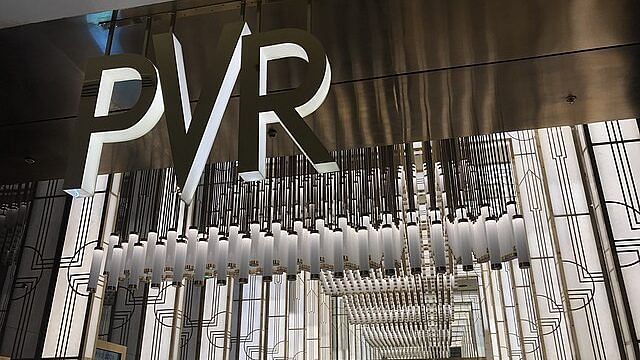New Delhi: The movie-watching experience just got a little cheaper in multiplexes.
While the movie buff can’t do anything about ticket prices, the government has helped lower the exorbitant price of the munchies available in India’s tony multiplexes.
But not before the angst found its way on social media.
On 2 July, Tridip K. Mandal posted a photo of his cheesy popcorn and a soft drink and observed that the price – Rs 820 – matched the annual subscription of a streaming service.
His tweet from PVR Noida went viral and garnered over 2.6 million views, 4.6k+ retweets and 22.9k Likes.
“Movie-watching has just become unaffordable,” Mandal wrote, prompting replies that shared his pain.
His tweet sparked an online discussion on the declining viewership in theatres, which are struggling to compete with OTT platforms and digital cinema.
‘Every opinion matters’
Popular multiplex chain PVR Cinemas replied: “We at PVR believe that every opinion matters and it must be respected. We have this update for you and for every moviegoer in India #PVRHeardYou.”
PVR heard the government too. The GST Council on 11 July reduced the GST rates of food and beverages sold inside cinemas from 18 per cent to five per cent, bringing it at par with the rate charged in restaurants.
PVR’s new weekday offer — valid from Monday to Thursday, 9 am to 6 pm — is now Rs 99 for a burger or a samosa, or a combo of a sandwich and a soft drink.
The weekend offer entails limitless popcorn and soft drink with countless refills.These “unbeatable food prices” may please the middle class, but ticket prices unfortunately continue to soar.
Among the several factors that determine ticket prices, the owner’s discretion is paramount. Film veteran Girish Johar told The Times of India that the average price of movie tickets have increased by more than 30 to 35 per cent in the last five years.
This rise has primarily been because of post-pandemic recovery, increased movie production and distribution costs, and reduced audiences.
Also read: Parasite to Past Lives—PVR is in on K-culture boom. Audience is now ‘mature, language agnostic’






